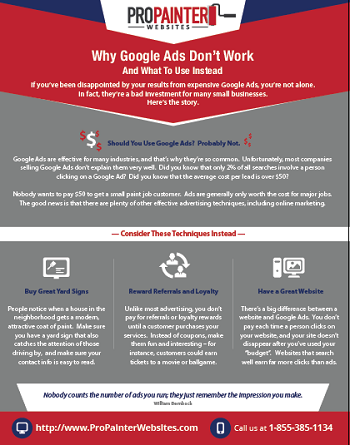Discover How Seasonal Impacts Can Affect The Efficiency Of Business Exterior Painting And Discover The Most Favorable Times To Ensure Durable Results For Your Project
Discover How Seasonal Impacts Can Affect The Efficiency Of Business Exterior Painting And Discover The Most Favorable Times To Ensure Durable Results For Your Project
Blog Article
Web Content Writer-Korsholm Celik
When you're planning a commercial exterior paint job, seasonal variables can make or break your results. You'll want to consider just how temperature level and moisture influence paint application and drying out times. Choosing the right period can ensure your paint sticks effectively and lasts longer. Yet which seasons are genuinely the best for this type of work? Allow's explore the key elements that can affect your job's success.
The Influence of Temperature on Paint Application
When you're preparing an industrial external painting project, the temperature can substantially influence exactly how well the paint sticks and dries.
Ideally, you wish to paint when temperature levels vary between 50 ° F and 85 ° F. If it's also chilly, the paint might not treat properly, bring about concerns like peeling or breaking.
On the other side, if it's also hot, the paint can dry as well swiftly, stopping correct adhesion and resulting in an uneven coating.
You need to likewise think about the moment of day; morning or late afternoon uses cooler temperature levels, which can be more beneficial.
Always examine the producer's suggestions for the specific paint you're making use of, as they often supply support on the perfect temperature array for optimal outcomes.
Humidity and Its Impact on Drying Times
Temperature isn't the only environmental variable that influences your commercial exterior paint task; humidity plays a significant duty also. commercial painter can reduce drying times significantly, affecting the general quality of your paint task.
When the air is filled with moisture, the paint takes longer to cure, which can cause problems like inadequate adhesion and a greater threat of mold development. If you're repainting on an especially moist day, be planned for extended wait times in between coats.
https://www.housebeautiful.com/uk/decorate/walls/g42332729/farrow-ball-colours-real-homes/ to keep an eye on local climate condition and plan appropriately. Preferably, aim for moisture degrees in between 40% and 70% for ideal drying out.
Keeping these consider mind ensures your job remains on track and provides a long-term coating.
Best Seasons for Commercial Exterior Paint Projects
What's the very best season for your industrial outside paint tasks?
Spring and early fall are commonly your best choices. During these seasons, temperatures are light, and moisture levels are often lower, producing perfect problems for paint application and drying.
Prevent summer season's intense heat, which can create paint to dry too promptly, leading to inadequate attachment and surface. In a similar way, winter season's cold temperatures can prevent appropriate drying out and healing, taking the chance of the durability of your paint work.
Go for extra care custom painting with temperatures in between 50 ° F and 85 ° F for optimum results. Bear in mind to inspect the regional weather prediction for rain, as wet problems can wreck your task.
Planning around these aspects ensures your painting job runs smoothly and lasts longer.
Conclusion
To conclude, preparing your industrial outside painting tasks around seasonal considerations can make a substantial distinction in the result. By scheduling work during the perfect temperatures and humidity levels, you'll make certain far better adhesion and drying out times. Remember to keep an eye on regional weather forecasts and select the right time of year-- spring and early loss are your best bets. Taking these steps will certainly assist you accomplish a resilient and professional surface that lasts.
